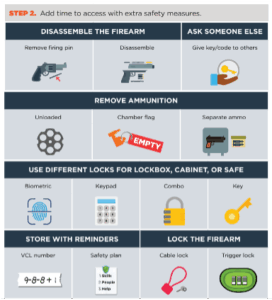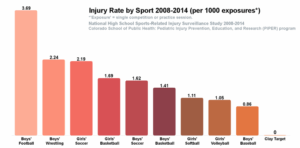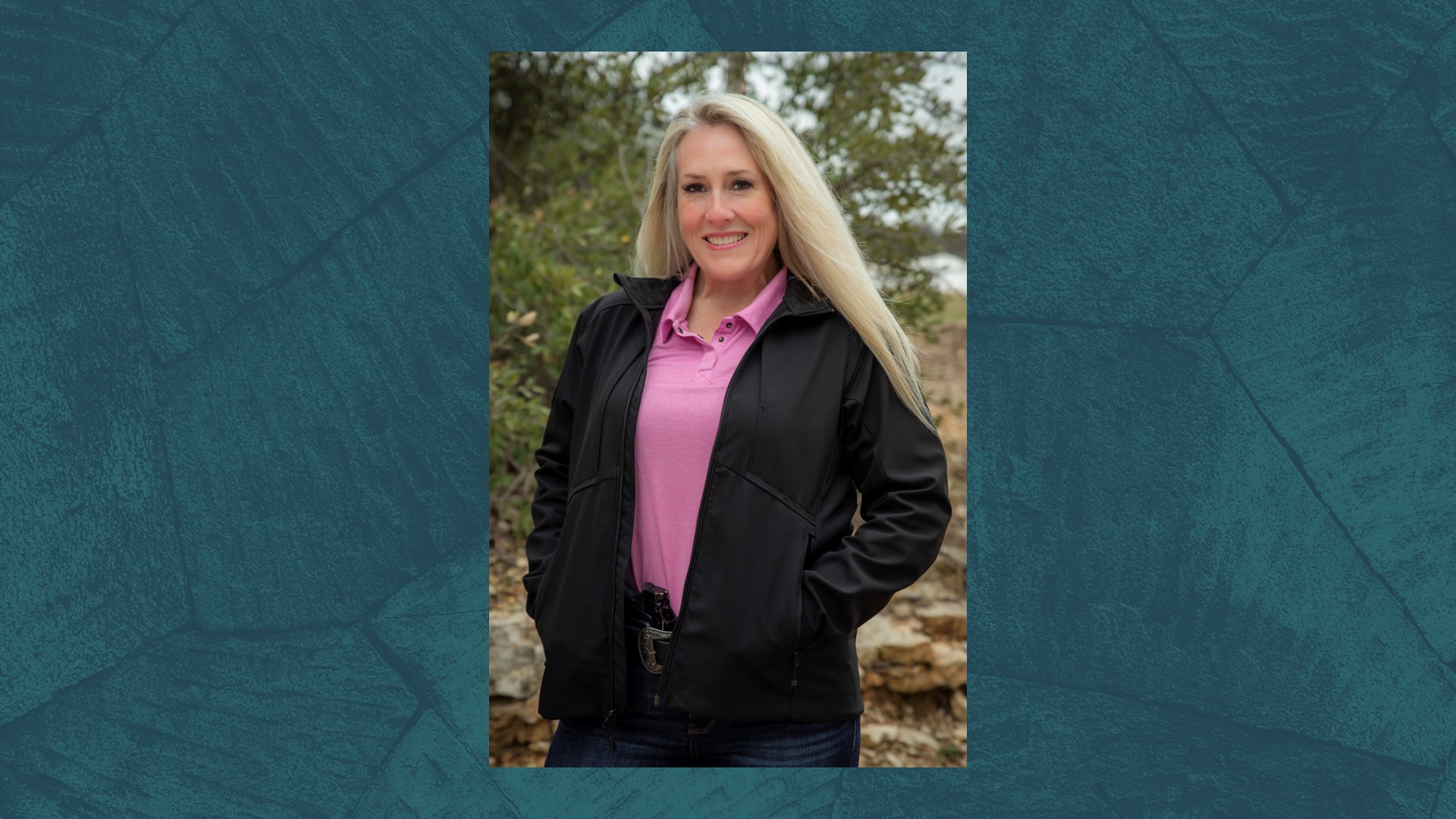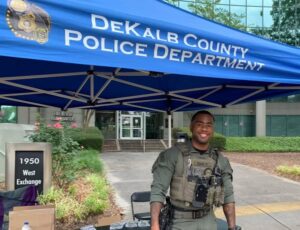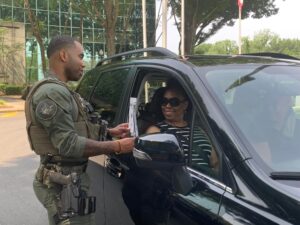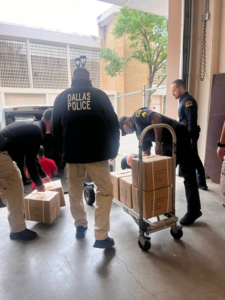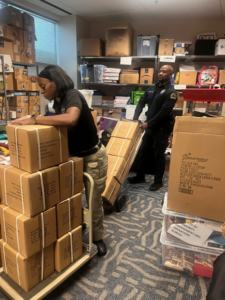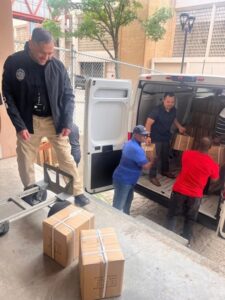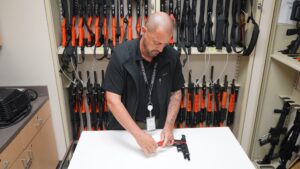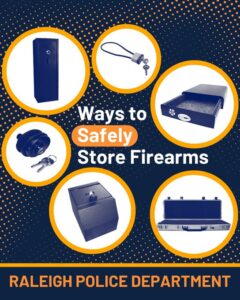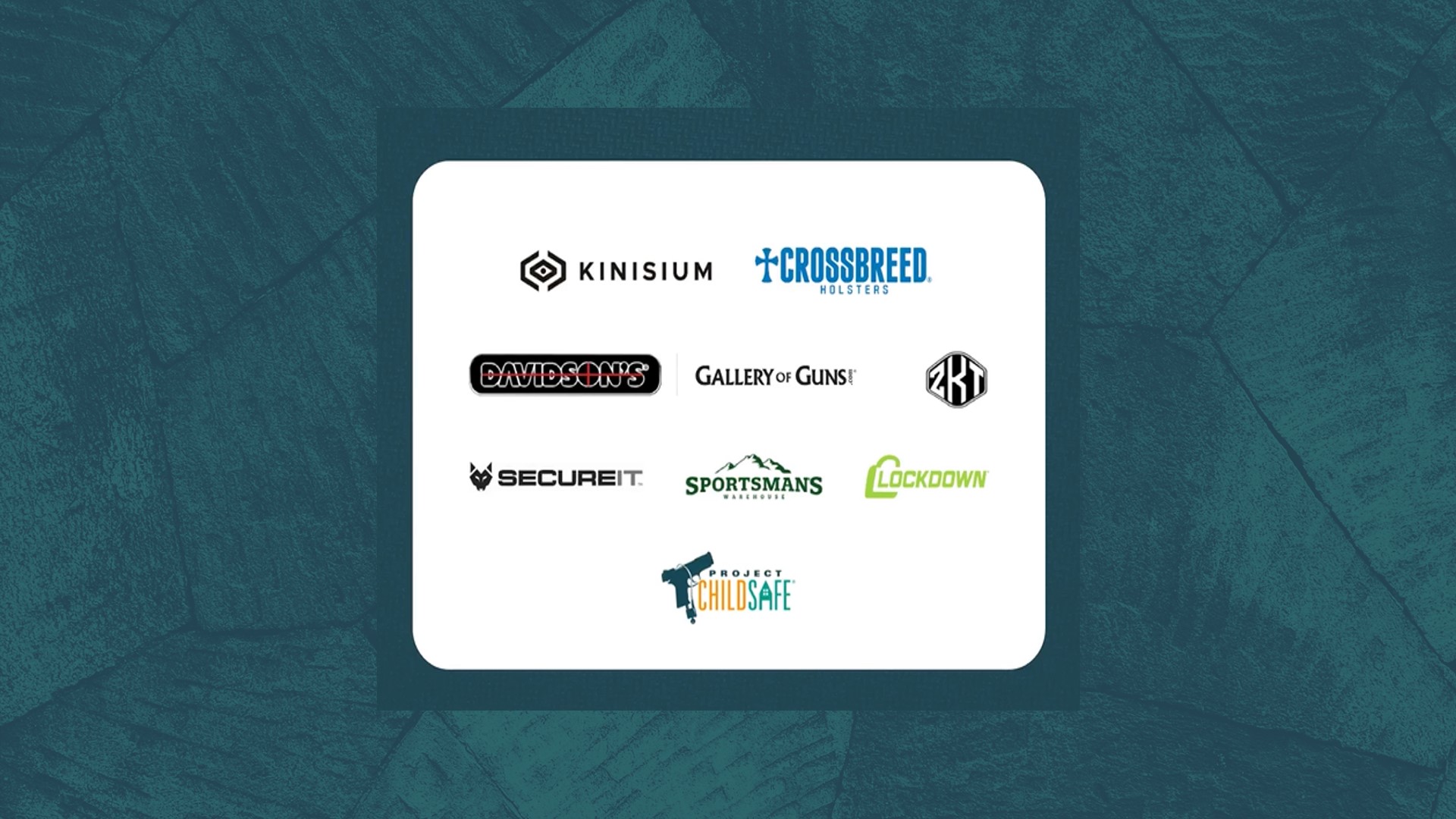By Jared Porter
American Foundation for Suicide Prevention
As an avid hunter and shooter, firearms are a part of my life. I have guns in my home, and many of my friends and family do, too. Some of my most meaningful memories have been made while hunting deer and waterfowl with people I care about. But as a hunter and shooter, there is nothing more important to me than the safety of my loved ones. With this lifestyle comes a responsibility that I don’t take lightly: secure storage of my firearms and ammunition.
Most firearm deaths in the United States are suicides. As a firearm owner, and as someone who has faced my own mental health struggles, this truth hits close to home. In my own moments of distress, I’ve been lucky to have access to lifesaving resources like the 988 Suicide & Crisis Lifeline. But for firearm owners specifically, there is an important action to take even before you or someone you know experiences a moment of crisis: putting timing and distance between people and firearms. Suicide prevention research shows that putting time and distance between a person who is thinking of suicide and the method they are thinking of using to end their life can be lifesaving.
Safe gun use extends beyond making sure the safety is on, keeping firearms pointed in a safe direction and treating any gun as if it is loaded. Those actions are critical, but we can’t overlook day-to-day secure storage of our firearms and ammunition. When not in use, firearms should be locked and unloaded, with the ammunition in a separate location. There are also further steps like limiting access to firearms through measures like cable locks, lock boxes and gun safes –– storage options that can save lives.
Luckily for firearm owners, secure storage isn’t just responsible, it’s also practical. Project ChildSafe®️, the official firearm safety program of the National Shooting Sports Foundation®️ (NSSF®️), offers free educational resources about secure and responsible gun storage. Through Project ChildSafe, the NSSF has provided millions of free firearm safety kits to gun owners, including cable locks and educational materials. The NSSF has also partnered with the American Foundation for Suicide Prevention (AFSP) to develop a toolkit with educational materials about how gun owners can prevent firearm suicide in their homes.
As gun owners, it’s our job to be proactive about preventing firearm suicide, even if we don’t think someone in our life or in our home is at risk for suicide. Someone we know may be quietly struggling, or may one day face a mental health crisis. This isn’t about fear. It’s about responsibility. I sleep better at night knowing I’ve taken steps to ensure my firearms aren’t readily accessible to just anyone.
We all have a role in looking out for each other that extends beyond firearm safety and secure storage. It’s important to have brave conversations about our mental health, and to directly speak with and help others if we believe they might be struggling. In my own journey with mental health, there was a time when I found myself in crisis. Thanks to the thoughtful help of others, I was able to put distance between myself and the firearms that I owned. That distance gave me time to seek help, and is the reason that I’m alive today. I don’t take sunrises in the marsh or the woods for granted, and I want to do everything I can to ensure that the people around me can experience more of them, too. To me, that starts with secure storage. It’s about using firearms for their intended purpose, and making sure they’re not accessible in moments of crisis. By doing this, we’re taking a step toward more sunrises and more memories with the people we care about.
Learn more about suicide prevention and firearms from the American Foundation for Suicide Prevention here.
The American Foundation for Suicide Prevention is a nonprofit organization dedicated to suicide prevention research, education, and advocacy. Their mission is to save lives and bring hope to those affected by suicide.



